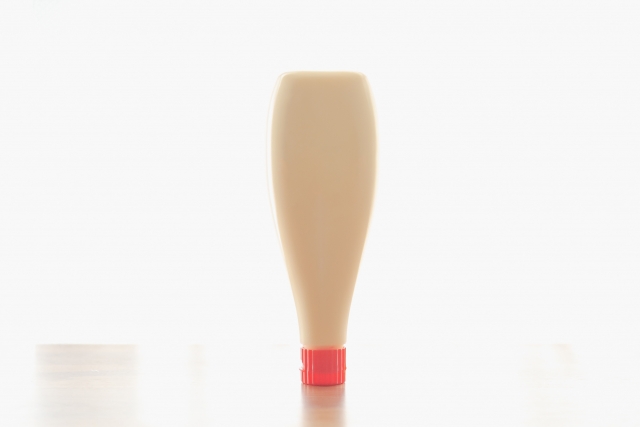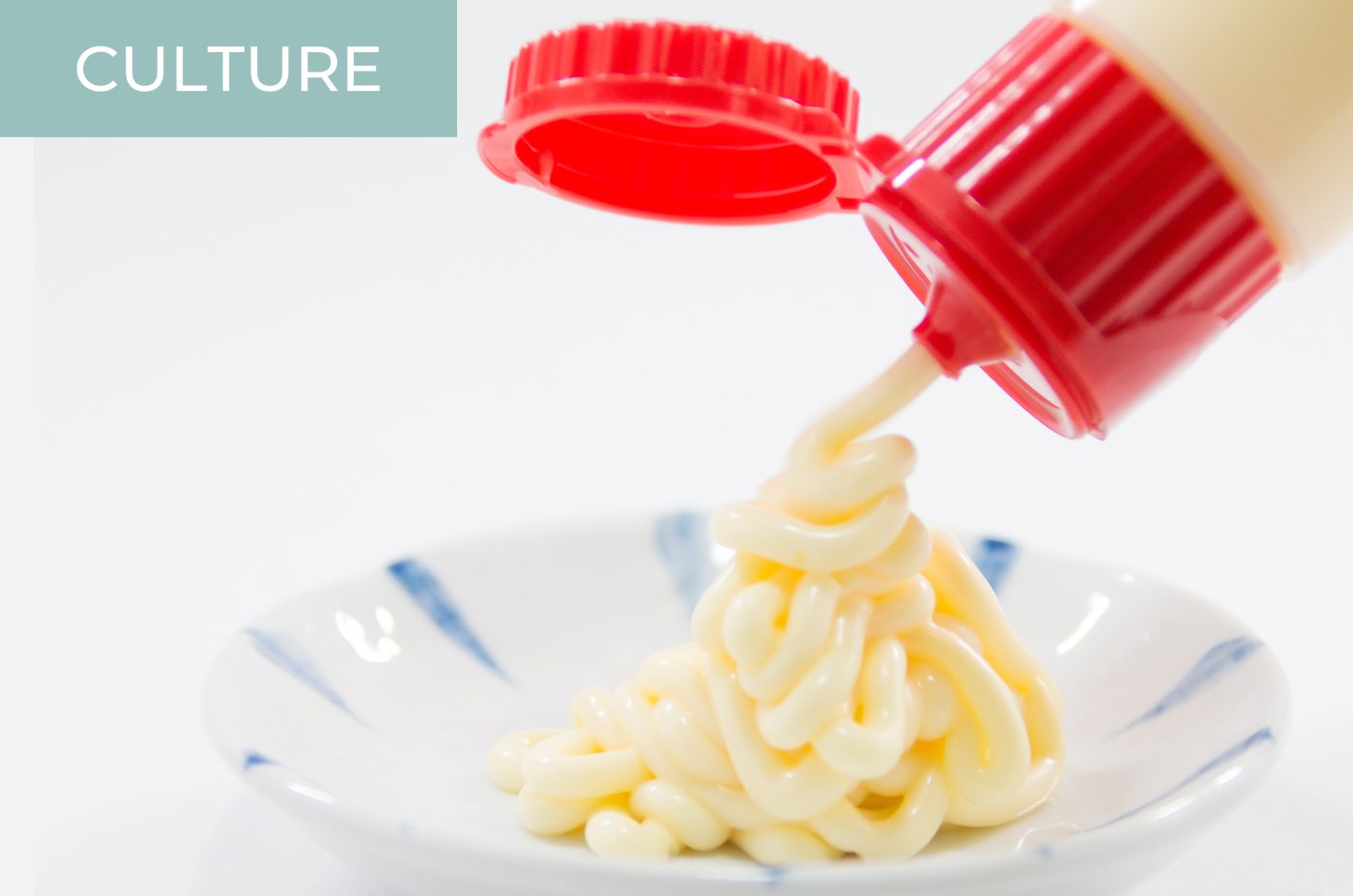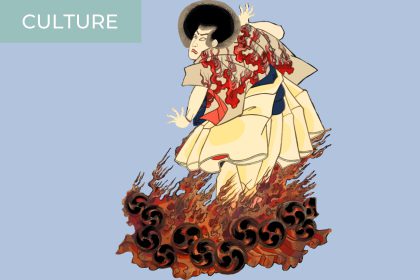Japanese mayo is very popular among customers in the United States—so much so that it even ranked number one in its category on Amazon US in 2010. What is Japanese mayo? What makes Japanese mayo different from its US counterpart? And how can you make it at home?
What Is the Original Mayonnaise?
The origins of mayonnaise sauce are unclear. It could have its origins in the ancient remoulade (something close to tartar sauce), although another hypothesis would have it derive from aioli.
Its name could be from Mahón, capital of Minorca in Spain, which was first occupied by the English, and then conquered by the French Duke of Richelieu in 1756. Richelieu’s cook is said to be the author of the recipe, which he made only with eggs and oil, and that he called the “mahonnaise.” However, the sauce had already been described a few years before this event.
The original recipe for mayonnaise consists of egg yolk, vinegar, oil, salt, and pepper. Different ingredients can be added to enhance the taste, such as lemon. In some regions of France, people also like to add mustard.
Japanese Mayo vs Regular US Mayo
So, originally, mayonnaise originated in France, but after it was introduced to Japan, it was modified to suit the Japanese palate. As a matter of fact, in Japan, mayonnaise is not only used as a dressing but there are also mayonnaise-flavored dishes and sweets on the market. It seems that some Japanese people like mayonnaise not only as a seasoning but also for its own taste!

While US mayo has a strong acidity, Japanese mayo is famous for being sweet and creamy.
The reason for that is said to be the difference in the way eggs are used. Most US mayonnaises generally use whole eggs, while Japanese mayonnaise uses only egg yolks—like in the original French recipe.
The Kewpie Mayo Brand

Kewpie is the biggest and most famous mayo brand in Japan, and you can buy its products in the US, too.
It was founded by Toichiro Nakajima, who was studying canning in the United States at the beginning of the 20th century. During his stay, he noticed that the mayonnaise used in potato salad was tasty and nutritious. Hoping to improve the health and physique of Japanese people, he launched his own mayo with high nutritional value—and only egg yolks. In the beginning, Japanese people sometimes mistook it for hair pomade! However, with time, mayonnaise eventually spread to the public and has become one of the most indispensable condiments in Japanese homes.
It is famous for its peculiar baby logo, which is, in fact, an illustration of a baby cupid character as drawn in the Kewpie comics by Rose O’Neill in 1909.
The brand is also known for the distinctive shape of its plastic bottle. Mayonnaise tends to oxidize and lose its flavor when it comes into contact with air, but the Japanese mayo tube shape is a great way to prevent oxidation compared to classic glass containers.
Super Easy Japanese Mayo Recipe

No need to look for Japanese mayo at a store near you: it is super easy to make some at home! I recommend buying the best quality egg possible (from free-range chickens, for example) to make its taste as close as possible to the Japanese one.
Ingredients:
A half-ounce (15 mL) of vinegar
A pinch of salt
One egg yolk
2.5 ounces (80 mL) of vegetable oil
Recipe:
Mix the vinegar, the egg, and the salt in a bowl.
Slowly add the oil little by little while stirring (use a whisk, or a fork if you do not have one).
That is all! Do you have a favorite way to use Japanese mayo? Tell us in the comments below!




